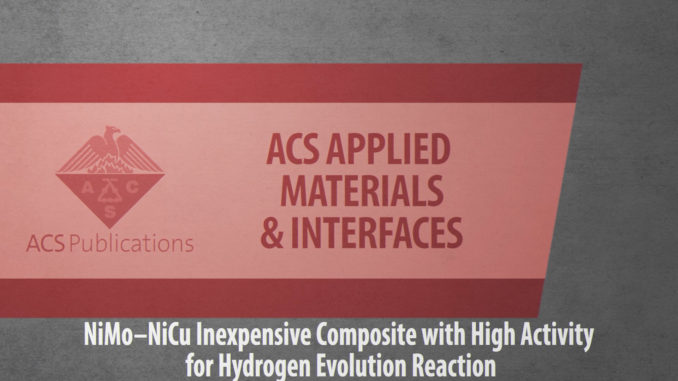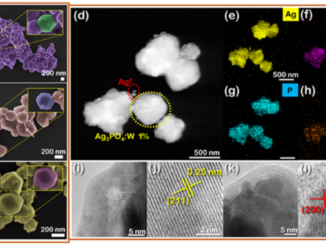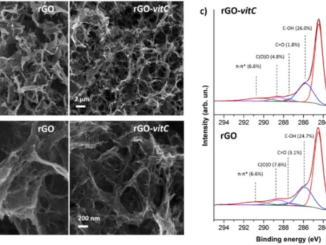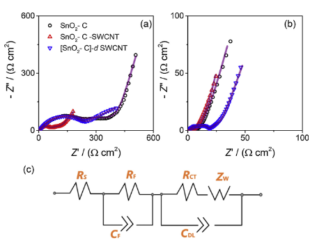
NiMo–NiCu Inexpensive Composite with High Activity for Hydrogen Evolution Reaction
Abstract: In this work, the effect of copper addition on NiMo coating is evaluated in regard to the hydrogen evolution reaction (HER). NiMo and NiMo–NiCu composites are prepared by a simple coelectrodeposition process. The effect of Cu on deposit characters were tested by varying it in the range of 0.06–0.20 molar ratio. Copper addition promotes the growth of a new crystalline phase: NiCu. Also, the copper addition changed the composite surface. NiMo–NiCu0.12 shows a surface roughness 30 times higher than the NiMo material. NiMo–NiCu materials present higher activity toward HER, larger electroactive area, and higher stability in continuous water electrolysis than NiMo catalysts, as demonstrated by Tafel curves, electrochemical impedance spectroscopy measurements, and polarization tests. The combination of the large electroactive area due to the copper addition, the synergism between Ni–Mo, and the presence of Ni and Mo oxides on the surface results in catalyst with excellent features for HER application.
Author(s): Santos, H.L. S. ; Corradini, P.G. ; Medina, M.; Dias, J.A.; Mascaro, L.H.
ACS Appl. Mater. Interfaces
Published: March 27, 2020
DOI: https://doi.org/10.1021/acsami.0c00262
CDMF
The CDMF, hosted at the Federal University of São Carlos (UFSCar), is one of the Research, Innovation and Dissemination Centers (RIDC) supported by the São Paulo State Research Support Foundation (Fapesp), and also receives investment from the National Council Scientific and Technological Development (CNPq), from the National Institute of Science and Technology of Materials in Nanotechnology (INCTMN).




